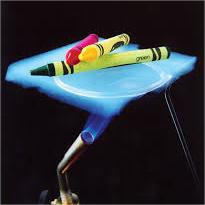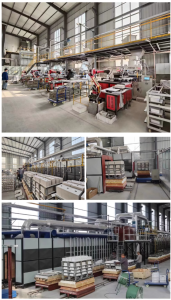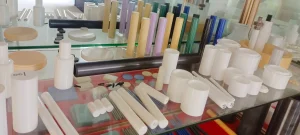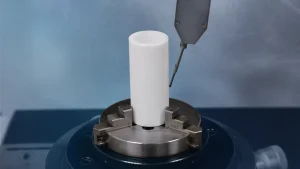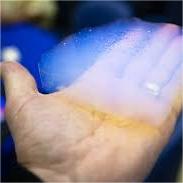Professional industry ceramic supplier, silicon nitride, silicon carbide, aluminum nitride and any other kinds of ceramics.
1. Introduction
In a major development reported just 48 hours ago, a leading U.S. advanced ceramics manufacturer announced a breakthrough in sintering technology that significantly enhances the thermal shock resistance of silicon carbide crucibles, enabling their use in next-generation molten metal processing and semiconductor crystal growth. This innovation underscores the ongoing relevance and evolution of silicon carbide as a cornerstone material in high-performance applications.
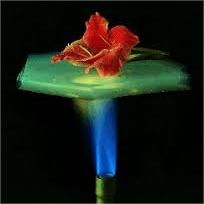
Silicon carbide crucibles have long been prized for their exceptional ability to withstand extreme temperatures, chemical corrosion, and mechanical stress. Unlike traditional clay or alumina crucibles, silicon carbide offers superior thermal conductivity and structural integrity, making it ideal for melting non-ferrous metals like aluminum, copper, and zinc, as well as for laboratory use in high-temperature reactions.
2. What Is a Silicon Carbide Crucible?
A silicon carbide crucible is a container made from silicon carbide (SiC), an advanced ceramic known for its hardness, thermal stability, and resistance to oxidation. These crucibles are engineered to endure temperatures exceeding 1600°C (2912°F) without deforming or reacting with molten materials.
Manufactured through processes like reaction bonding (RBSiC) or sintering, silicon carbide crucibles combine high purity with robust mechanical strength. Their dense microstructure minimizes porosity, reducing the risk of metal contamination—a critical factor in foundries and research labs alike.
3. Key Properties and Advantages
Silicon carbide crucibles stand out due to several key characteristics:
- Exceptional thermal shock resistance: They can handle rapid heating and cooling cycles without cracking.
- High thermal conductivity: Ensures even heat distribution, improving melting efficiency.
- Chemical inertness: Resists attack from molten metals and slags.
- Long service life: Outlasts graphite and alumina alternatives in many applications.
These properties make silicon carbide crucibles a preferred choice in metal casting, glass manufacturing, and materials research—industries where reliability and purity are non-negotiable.
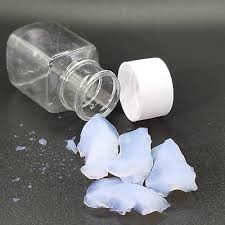
4. Silicon Carbide vs. Other Advanced Ceramics
4.1 Boron Carbide vs Silicon Carbide
While boron carbide (B4C) is harder and used in armor and abrasives, it lacks the thermal conductivity and cost-effectiveness of silicon carbide for crucible applications. Boron carbide is also more brittle and expensive, limiting its use in large-scale thermal containers.
4.2 Silicon Nitride and Alumina Alternatives
Silicon nitride crucibles—produced by specialized factories—offer excellent thermal shock resistance and are used in niche high-purity applications. However, they are generally more costly and less thermally conductive than silicon carbide. Similarly, alumina (Al2O3) or zirconia crucibles are common but can’t match SiC’s combination of strength, conductivity, and durability at high temperatures.
5. Beyond Crucibles: The Versatile World of Silicon Carbide Ceramics
The utility of silicon carbide extends far beyond crucibles. Its robust properties have inspired a wide range of products across industrial and consumer domains.
In industrial settings, you’ll find rbsic silicon carbide tile blocks lining furnaces, silicon carbide ceramic columns supporting high-temp structures, and silicon carbide burner nozzles ensuring precise flame control. Silicon carbide bricks and tubes—including thermocouple protection tubes and porous ceramic tubes—are standard in kilns and chemical processing equipment.
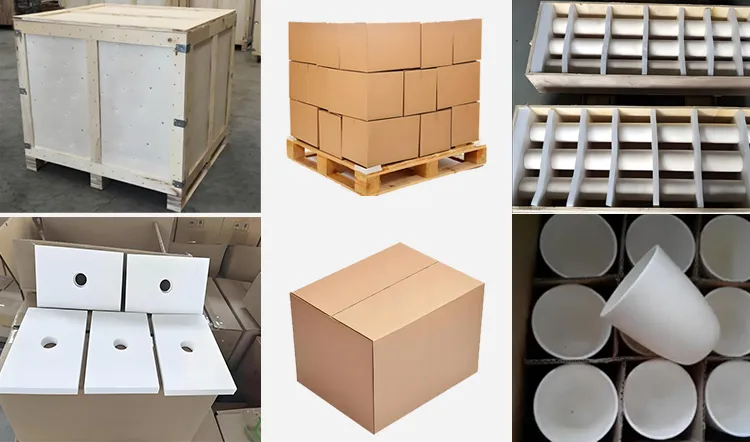
Surprisingly, silicon carbide has also entered the kitchen. High-end brands now offer silicon carbide ceramic baking dishes, casserole dishes with lids, pie dishes, and even dinnerware like silicon carbide ceramic plates for dinner, black ceramic plates, and children’s plates. These items leverage SiC’s heat retention and non-reactive surface, though they are often marketed under proprietary names like ‘silicon carbide baking dish Staub’ (note: Staub typically uses enameled cast iron, but the keyword reflects consumer search trends).
Other niche applications include silicon carbide ceramic discs for taps, grinding discs for pottery, and even ceramic piping for corrosive fluid handling. From silicon carbide ceramic ramekins to Christmas platters, the material’s aesthetic versatility—available in white, black, and blue-white porcelain finishes—has captured designer interest.
6. Manufacturing and Material Science
Silicon carbide is produced by heating silica sand and carbon at temperatures above 2200°C in an Acheson furnace. For crucibles, this raw SiC is formed via pressing, extrusion, or casting, then sintered or reaction-bonded. RBSiC (Reaction-Bonded Silicon Carbide) is especially popular for crucibles due to its near-net-shape capability and minimal shrinkage.
Advanced ceramics manufacturing continues to evolve, with innovations in nanostructuring and composite formulations (e.g., silicon carbide–zirconia tubes) enhancing performance. Meanwhile, the high purity silicon nitride powder market grows in parallel, supporting complementary technologies like custom silicon nitride heat shields and insulating rings.
7. Choosing the Right Crucible
When selecting a crucible, consider:
- Operating temperature
- Type of material being melted (e.g., aluminum vs. precious metals)
- Required purity level
- Thermal cycling frequency
For most non-ferrous metal applications, a standard silicon carbide crucible offers the best balance of performance and cost. For ultra-high-purity or extreme thermal shock scenarios, silicon nitride or specialized alumina-zirconia composites may be preferable.
8. Conclusion
Silicon carbide crucibles remain unmatched in their ability to perform under extreme thermal and chemical stress. As industries push the boundaries of efficiency and purity—from semiconductor fabs to artisanal foundries—silicon carbide continues to prove its worth. Coupled with its expanding role in consumer ceramics and industrial components like tubes, tiles, and nozzles, silicon carbide exemplifies the power of advanced ceramics to bridge lab-grade performance with real-world utility.
Our Website founded on October 17, 2012, is a high-tech enterprise committed to the research and development, production, processing, sales and technical services of ceramic relative materials such as Silicon. Our products includes but not limited to Boron Carbide Ceramic Products, Boron Nitride Ceramic Products, Silicon Carbide Ceramic Products, Silicon Nitride Ceramic Products, Zirconium Dioxide Ceramic Products, etc. If you are interested, please feel free to contact us.

